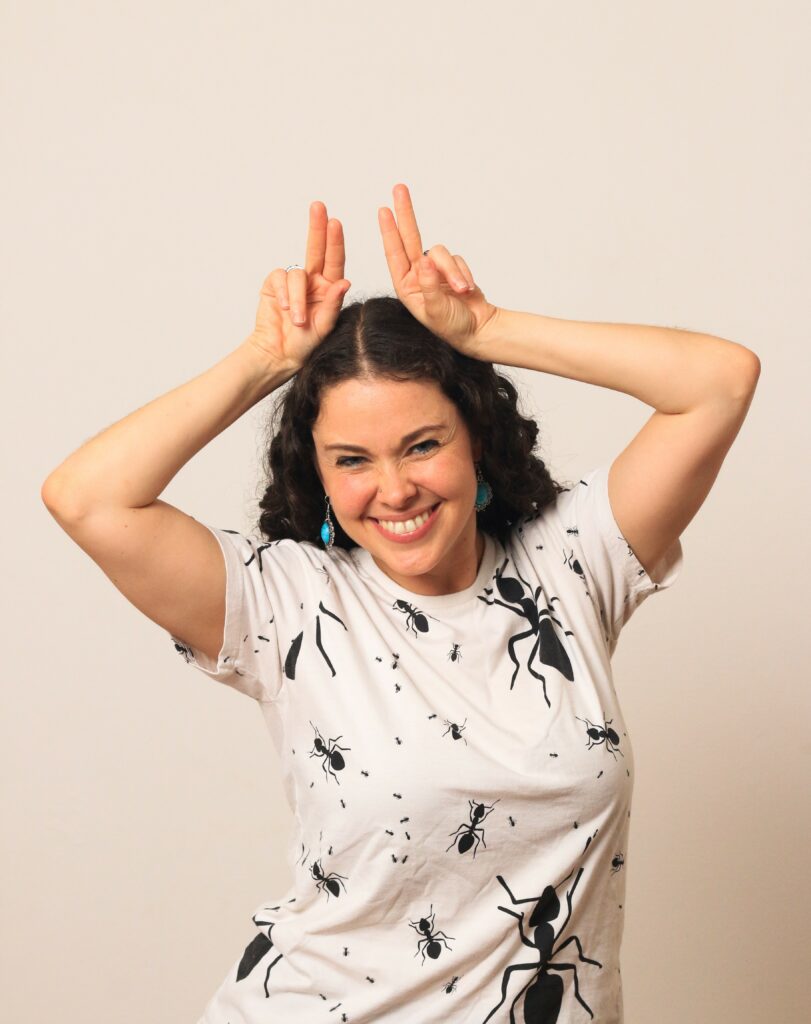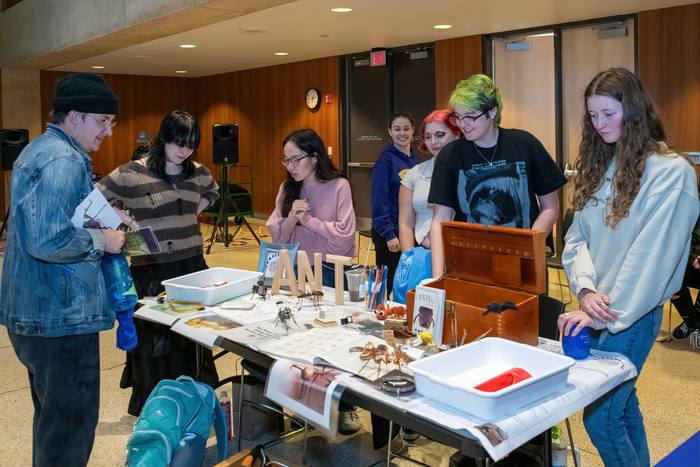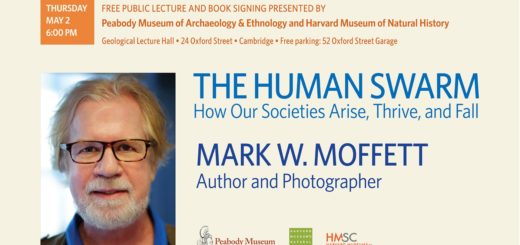Problematic terminology in Myrmecology

One of the most common questions that all myrmecologists hear is: Why ants? Throughout my career, I have had the opportunity to hear my myrmecologist friends answer this question in various ways, but a consistent theme among the responses always revolves around the fact that ants are extremely diverse. There are thousands of species (still counting), diverse behaviors, colors, and shapes that exist worldwide.
Moreover, the entire world knows what an ant is, and this attention is reflected in the presence of myrmecologists spread across the globe. With the increasing popularization of science, the changing image of what a scientist looks like, outreach events, our myrmecological community is also evolving and becoming increasingly diverse, bringing people from different backgrounds and talents together around a single theme: ants!

(Photo by Gio D’Angelo).
Lucky et al. (2020) brilliantly highlighted that we do not have a problem attracting talent to the myrmecological community, but we need to improve our retention. One way to achieve this is by rethinking inclusive measures in myrmecology, and it is long overdue to replace terms that somehow make some of our colleagues uncomfortable.
Our individual identities significantly influence our perspectives and emotions, which is why we have put together a task force composed of scientists from around the world – me, Andrea Lucky, James Waters, Lindsey Lopes, Heather Campbell, Neil Tsutsui, Tanya Latty, Rachel Weinberg – to think together about how to replace the problematic terms in myrmecology.
Although our group is extremely diverse, our mission was destined to fail! We would not be inclusive if we did not invite you – and all our myrmecologist friends – to be part of this important decision within our field.

Therefore, we would like to invite the entire myrmecological community to participate in the following survey: “Problematic Terminology in Myrmecology.” Our goal is to identify problematic terms and together seek substitutes that work even for outreach events.
During the survey, it may seem like we are asking you to use two scales that appear to be repeated. But please note that in addition to assessing how the term may cause discomfort (painful) for participants, we also aim to gauge empathy by asking them to use another scale of personal experiences and emotions. As a result, we will compile a paper with the findings and recommendations for terms that should be replaced in our field.
By coming together to address and rectify problematic terminology, we are not just changing words – we are fostering a more welcoming and vibrant community.
Manuela Ramalho





Why change a robust, historic terminology? It has been used so long and without “negative” thougths about it……
Marc, while you don’t apparently have negative thoughts about this historic terminology, for some they constitute a harm or are otherwise problematic. It’s not always about you. That’s why.
“It’s not always about you. That’s why.”
What do you mean? If they used in the past “slavery” ants, why should we now use “slavery”, “pirate”, and more terms to look up or may the past be forgotten? Ok, then we forget all the old words and live only today…
What have I to do with this all???
When I say it’s not about you, what this means is that: Even if you personally don’t have a problem continuing to use these terms, many members of our community do. It’s not about you, or me per se, it’s about the people who say there is harm in using these terms. It’s important to respect these peers and their perspectives and their identities. Changing our words is a very minor thing compared to making sure that there is space for people with all identities to belong and have the respect of others.
Ok. Then we llve only today… Forget yesterday! And forget the old masters!
And ofcourse, there are also people that find “pirate” not very funny…… when looking at their lifes…
Very intersting issue. I would like to see the final results.
I recommend not suggesting such changes in terminology.
1) They create more synonyms which is confusing for beginners.
2) The terms cannot be changed in existing literature, so when searching for information, you have to consider even more terms for the same thing.
3) There is no institution that can enforce the use of the new terms.
4) Example of slave-making ants: Joan Herbers (2007) suggested “pirate ants” for them, and “leistic behavior” for „dulosis“. It didn’t catch on.
5) Example of caste: It would be better to standardize definitions for „queen“: Queen is defined as a phenotype (winged or dealate), or according to function (mated and egg-laying, regardless of phenotype). But this has not been implemented either.
*4) Joan M. Herbers (2007): „Watch Your Language! Racially Loaded Metaphors in Scientific Research“. BioScience 57, p.104-105. https://doi.org/10.1641/B570203
*5) Buschinger, A., Schreiber, M. (2002): Queen polymorphism and queen-morph related facultative polygyny in the ant, Myrmecina graminicola (Hymenoptera, Formicidae). Insectes soc. 49, 344-353.
I recommend not suggesting such changes in terminology.
1) They create more synonyms which is confusing for beginners.
2) The terms cannot be changed in existing literature, so when searching for information, you have to consider even more terms for the same thing.
3) There is no institution that can enforce the use of the new terms.
4) Example of slave-making ants: Joan Herbers (2007) suggested “pirate ants” for them, and “leistic behavior” for „dulosis“. It didn’t catch on.
5) Example of caste: It would be better to standardize definitions for „queen“: Queen is defined as a phenotype (winged or dewinged), or according to function (mated and egg-laying, regardless of phenotype). But this has not been implemented either.
*4) Joan M. Herbers (2007): „Watch Your Language! Racially Loaded Metaphors in Scientific Research“. BioScience 57, p 104–105, https://doi.org/10.1641/B570203
*5) Buschinger, A., Schreiber, M. (2002): Queen polymorphism and queen-morph related facultative polygyny in the ant, Myrmecina graminicola (Hymenoptera, Formicidae). Insectes soc. 49, 344-353.
A general question is this: How can you make a nomenclature that is non-hurting and is comprehensible to everybody? And that without loozing the connection with the past? Ahh……. The only way you can do that is when you don’t use terms but do describe always the things you maen. So, in an article about the comparison of a few different life histories you will include more times a description of what group you talk about then the discussion itself. You would lose a lot of people who get bored about the whole thing, myrmecology. So, do it like so many years already or become a dull science! You can never be sure not to hurt someone out there with all the names you can think of!
And, how about this plan? Yours.